建立新css规则的方法:首先打开dreamweaver软件;然后在菜单中单击“文件”选择“新建”;接着创建“XHTML1.0 transitional”;最后打开“新建CSS规则”对话框,并指定要创建的CSS规则的选择器类型即可。

本教程操作环境:windows7系统、Adobe Dreamweaver cs3版本、Dell G3电脑。
1、打开dreamweaver软件

2、在菜单中单击“文件”选择“新建”
立即学习“前端免费学习笔记(深入)”;
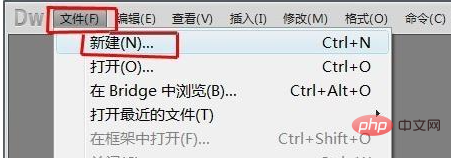
3、在新建文档窗口,选择“空白页”—“HTML”,文档类型选择“XHTML1.0 transitional”,单击“创建”按钮
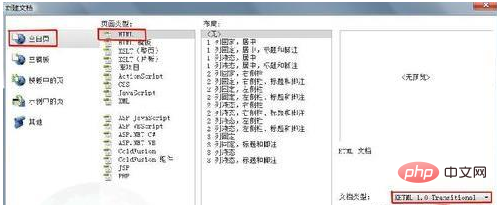
4、将插入点放在文档中,然后在菜单栏单击“格式”,在弹出的下拉菜单中选择“CSS样式”—“新建”
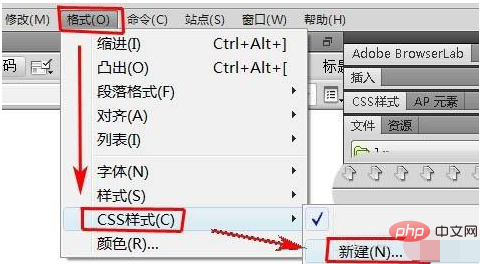
5、在“ 新建 CSS 规则” 对话框中,指定要创建的 CSS 规则的选择器类型:
推荐:css视频教程
若要创建一个可作为 class 属性应用于任何 HTML 元素的自定义样式,请从“ 选择器类型” 弹出菜单中选择“ 类” 选项,然后在“ 选择器名称” 文本框中输入样式的名称。
若要定义包含特定 ID 属性的标签的格式,请从“选择器类型”弹出菜单中选择“ID”选项,然后在“选择器名称”文本框中输入唯一 ID。
若要重新定义特定 HTML 标签的默认格式,请从“选择器类型”弹出菜单中选择“标签”选项,然后在“选择器名称”文本框中输入 HTML 标签或从弹出菜单中选择一个标签
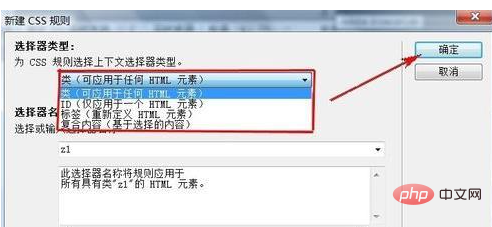
6、在“CSS规则定义”窗口中设置类型、背景、区块、方框、边框、列表、定位、护展中所需设置的参数,然后点击“确定”按钮完成设置
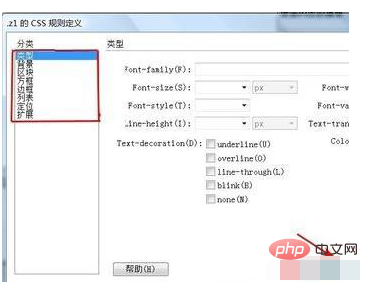
7、还可以在CSS样式面板里设置。将插入点放在文档中,在CSS样式面板下面单击“新建CSS规则”图标。再完成步骤6的设置

8、在CSS属性里设置类型、背景、区块、方框、边框、列表、定位、护展中所需设置的参数
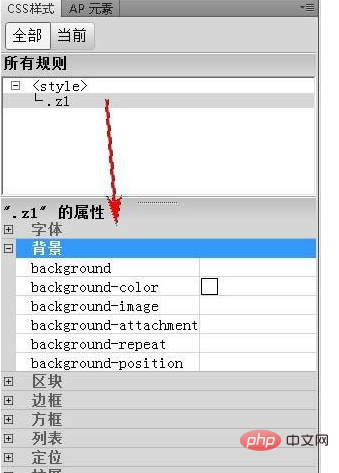
更多编程相关知识,请访问:编程入门!!
以上就是怎样建立新的css规则的详细内容,更多请关注php中文网其它相关文章!

每个人都需要一台速度更快、更稳定的 PC。随着时间的推移,垃圾文件、旧注册表数据和不必要的后台进程会占用资源并降低性能。幸运的是,许多工具可以让 Windows 保持平稳运行。

Copyright 2014-2025 https://www.php.cn/ All Rights Reserved | php.cn | 湘ICP备2023035733号